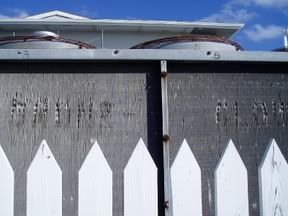Dear Friends
Could someone please advice that what kind face velocities are generally considered for sizing Exhaust Louvers and Moisture Eliminators at air intakes
Iam concerned about Noise and pressure drop. Is 6 m/s face velocity is good enough.
Any information about any supplier specific website with noise and pressure drop data would be higly appreciated
We have follow Norsok S-002 with very strict noise requirements
Could someone please advice that what kind face velocities are generally considered for sizing Exhaust Louvers and Moisture Eliminators at air intakes
Iam concerned about Noise and pressure drop. Is 6 m/s face velocity is good enough.
Any information about any supplier specific website with noise and pressure drop data would be higly appreciated
We have follow Norsok S-002 with very strict noise requirements

